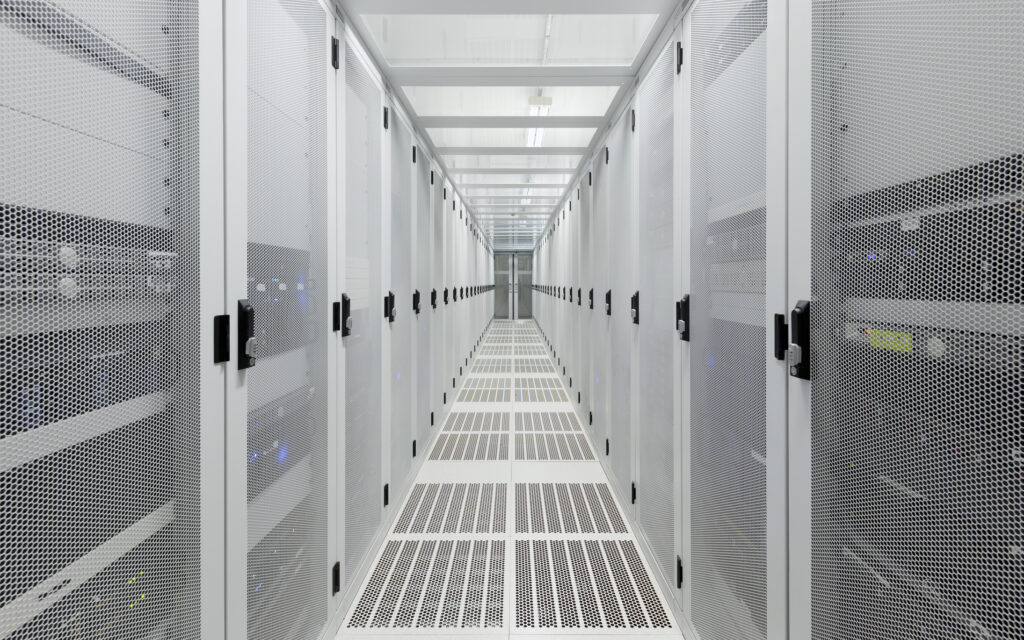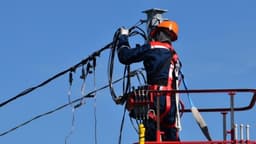Home / Environment / Data Centers Spark Backlash: Communities Fight Back Against Surging Electricity Demands
Data Centers Spark Backlash: Communities Fight Back Against Surging Electricity Demands
29 Oct
Summary
- Communities push back against data centers' water usage, noise, and environmental impacts
- Data centers consume up to 5 million gallons of water per day, equivalent to a town of 10,000-50,000 people
- Data centers' reliance on fossil fuels will emit 300,000 tons of CO2 annually, equal to 60,000 cars

As of October 29th, 2025, the rapid expansion of data centers across Ohio has sparked a growing backlash from local communities. These enormous facilities, which require vast amounts of water, electricity, and land, are transforming the landscape and raising serious environmental and health concerns.
In September 2025, the Jerome Township Trustees voted for a nine-month moratorium on any new data center applications, citing issues such as noise, water usage, air pollution, and the impact on utility bills. This decision reflects the growing unease among residents who are witnessing their towns being overtaken by these industrial complexes.
Data centers are thirsty operations, consuming up to 5 million gallons of water per day - the equivalent of a town with 10,000 to 50,000 people. This surge in water demand is straining local resources, especially in regions like central Ohio that are already experiencing droughts. Additionally, the data centers' reliance on fossil fuels to power their operations is projected to emit 300,000 tons of carbon dioxide annually, the equivalent of 60,000 passenger cars.
Beyond the environmental toll, communities are also grappling with the health risks posed by the data centers. These facilities use large quantities of PFAS-gas or f-gas chemicals, which have been linked to a range of serious health problems, including cancer, birth defects, and kidney disease. As the Trump administration moves to "fast-track" data center approvals, local residents fear that their well-being will be sacrificed in the name of technological progress.
The impact of data centers is not limited to central Ohio; the Appalachian region of the state is also bracing for the consequences. The surge in data centers will drive increased fracking activity, leading to more air and water pollution, radioactive waste, and the degradation of natural habitats like state parks and wildlife sanctuaries.
As Ohio grapples with the rapid expansion of data centers, communities across the state are standing up to protect their resources, their health, and their way of life. The battle over the future of these energy-intensive facilities is far from over, and the outcome will shape the state's environmental and economic landscape for years to come.




